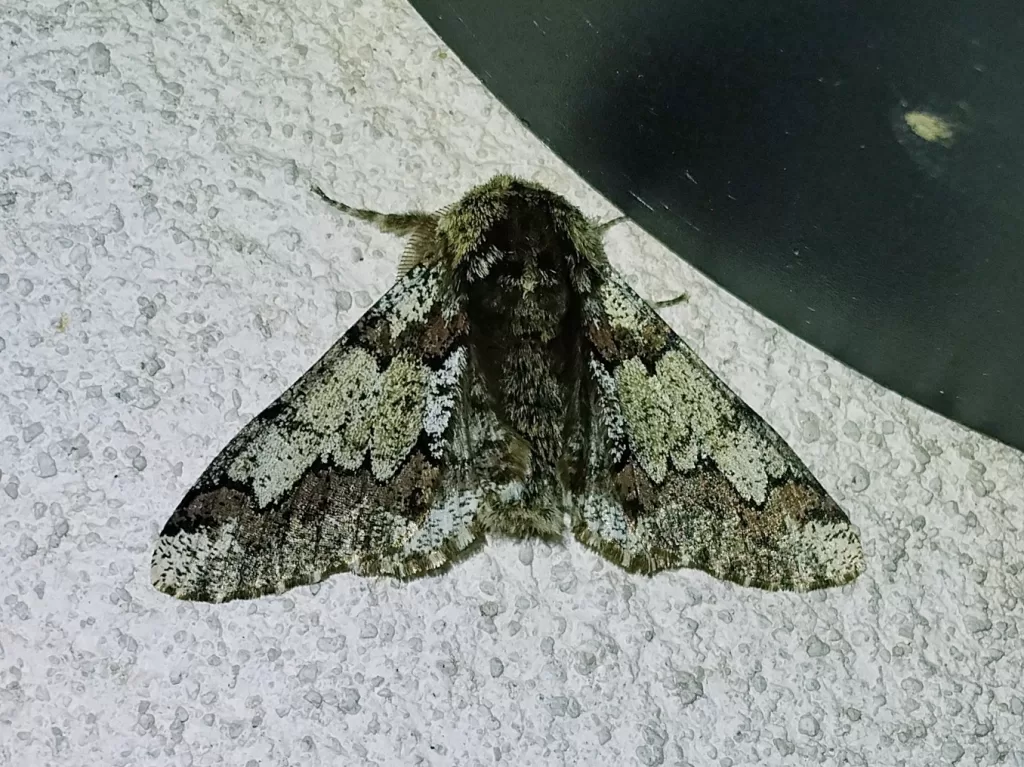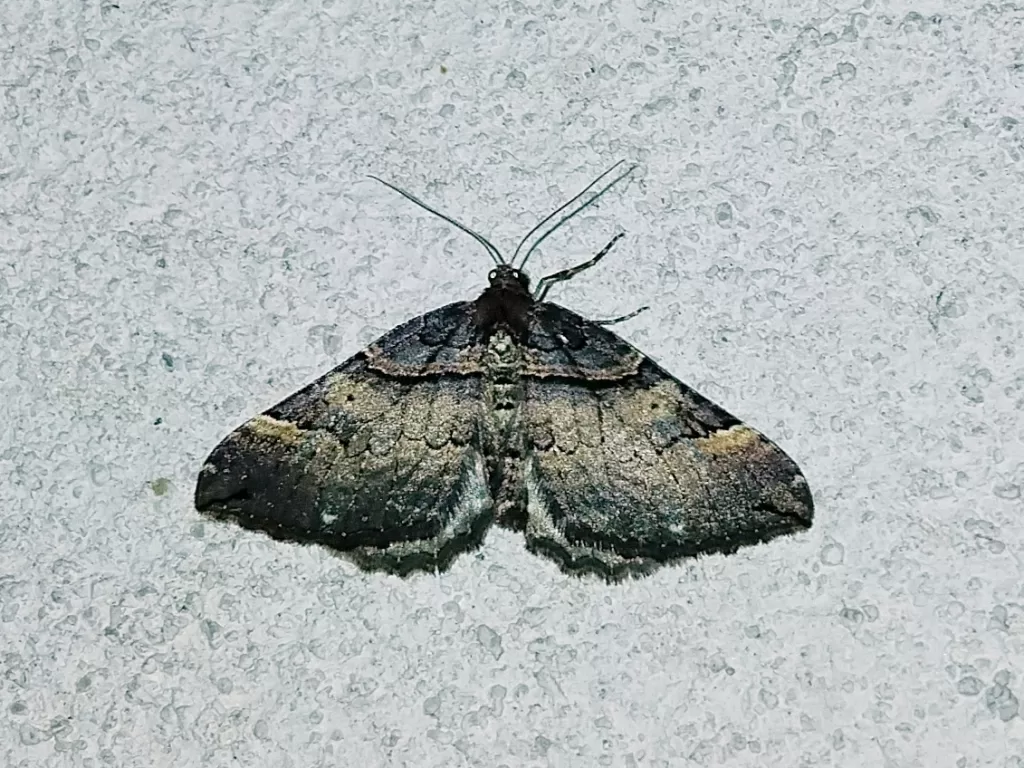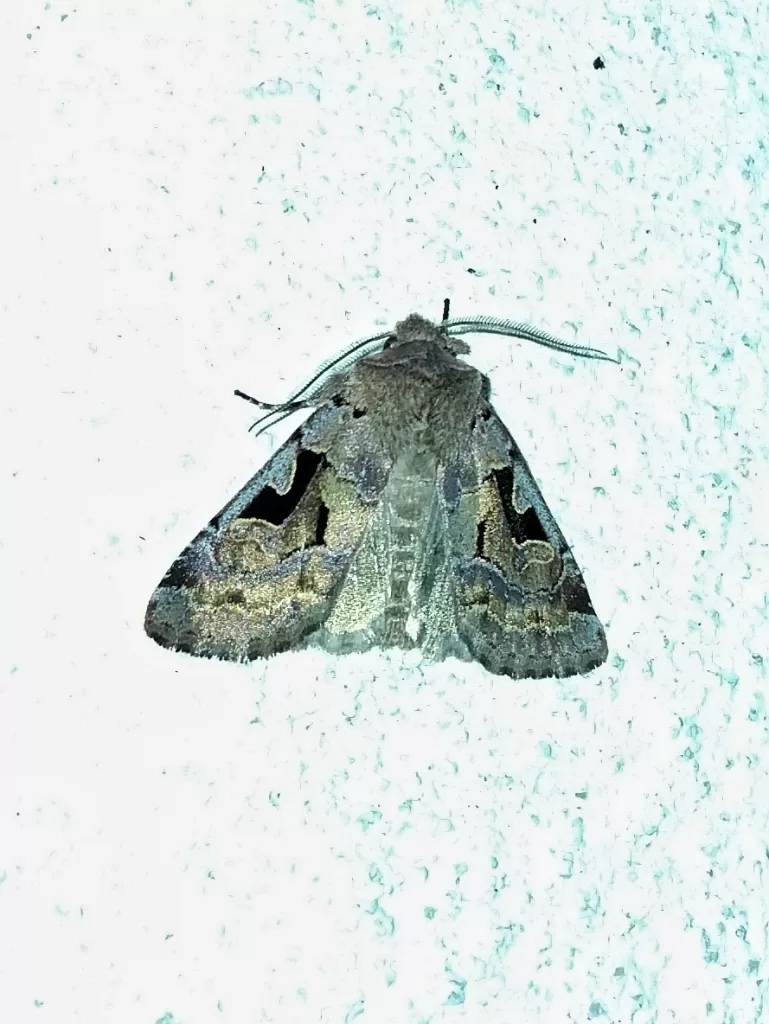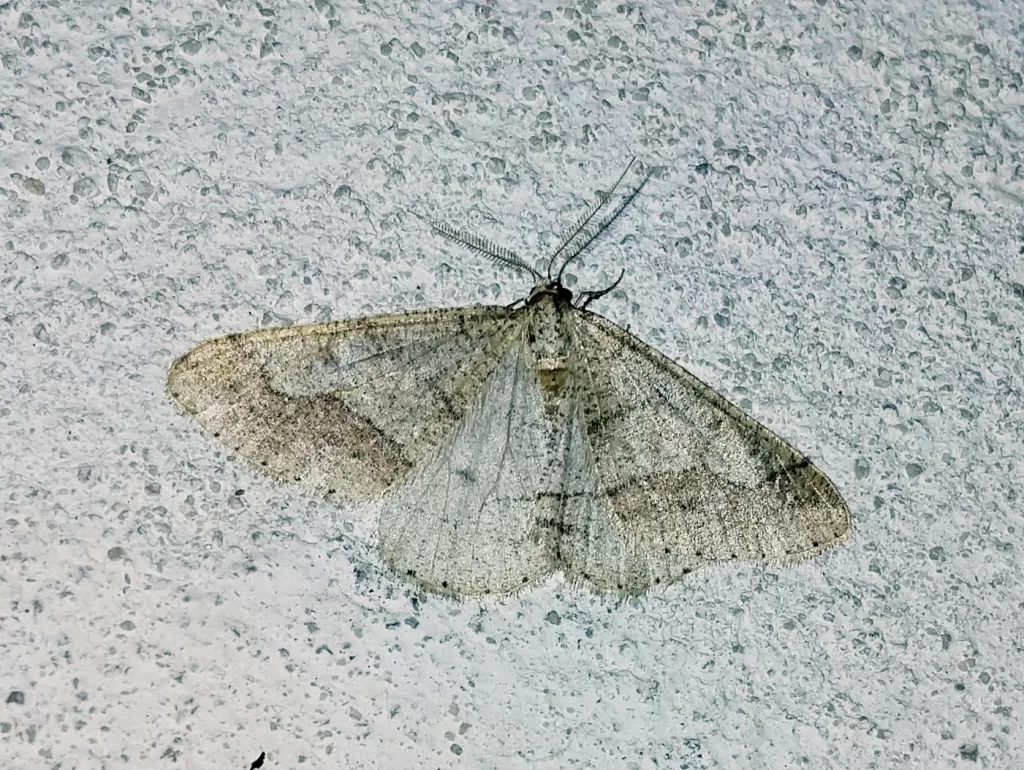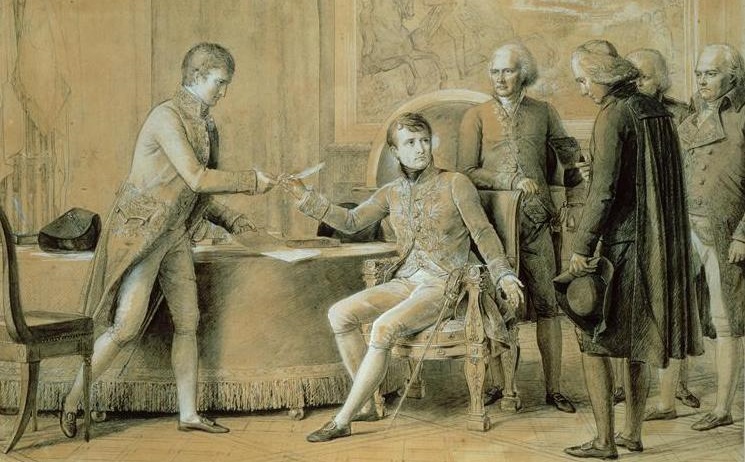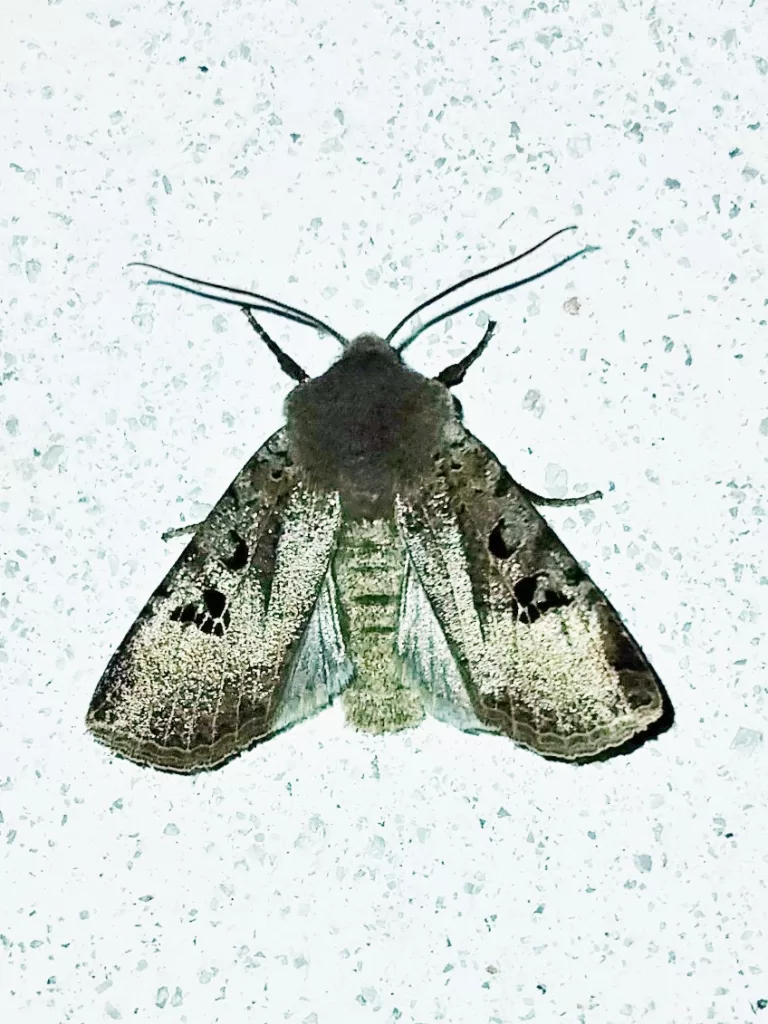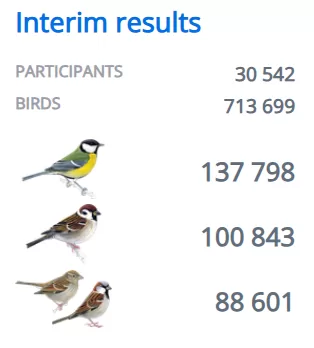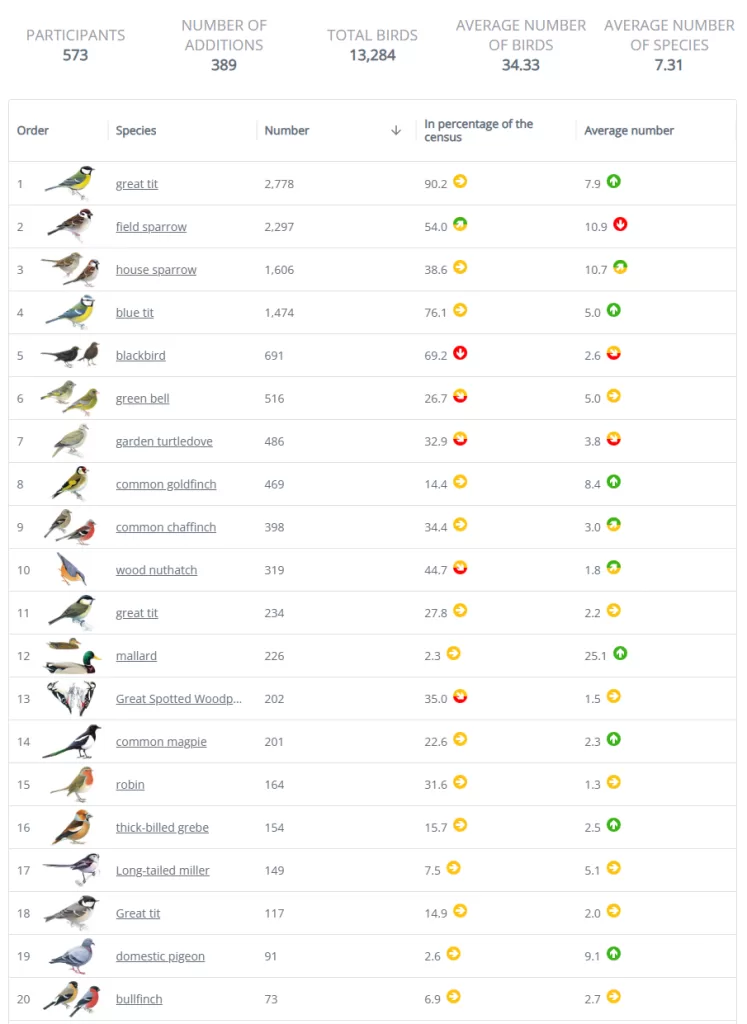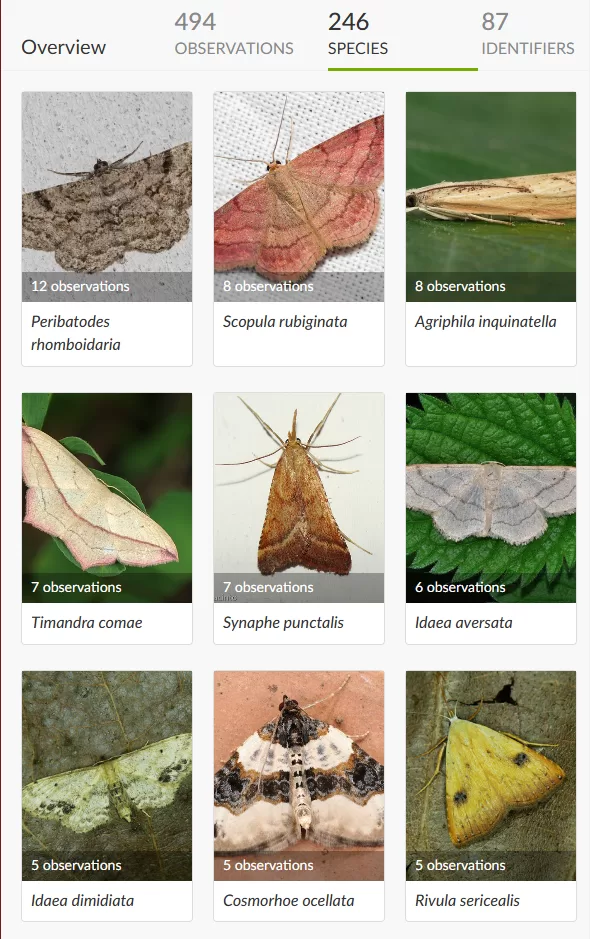The Czech Republic, often touted as one of the most atheistic nations in Europe, has recently witnessed a contentious episode within its Catholic Church, highlighting the deep-seated tensions between traditionalist and progressive factions, as well as broader issues of conservatism, transparency, and the handling of sexual abuse allegations. The controversy surrounding the dismissal of Marek Orko Vácha, a popular and unconventional priest, by Prague Archbishop Jan Graubner, has ignited public debate and exposed the fault lines within the Czech Catholic community.
God in the Pub
Vácha, known for his engaging sermons and ability to connect with both believers and non-believers, was removed from his position as a vicar in the academic parish of the Most Holy Saviour Church. The official reason given for his dismissal by Prague Archbishop Jan Graubner was his alleged violation of Catholic Church regulations during a service broadcast on TV Noe as part of a program called “Hospodin v hospodě” (“God in the Pub”). These alleged violations included conducting the mass in an unsuitable location and deviations from established liturgical rules. However, these reasons appear to be merely a pretext for removing a priest whose open-minded approach clashes with the more conservative elements within the Church. Vácha himself has stated that he believes he did not violate any rules.
Critics argue that the accusations against Vácha are nonsensical for several reasons. First, masses outside of traditional church settings are not uncommon, with popes and bishops often celebrating mass in stadiums and other improvised locations. Vácha also had support from people such as the director of TV Noe (who broadcasted the mass) who stated that Vácha had everything prepared appropriately. Second, the claim that the mass was not conducted with sufficient dignity seems dubious, given that the broadcast of the mass is available and one can easily assess the atmosphere of the event.
The Archdiocese claimed that the service sparked outrage among believers and clergy, prompting Graubner to take action. But it has been revealed that Archbishop Graubner allegedly encouraged parishioners to complain about Vácha’s mass before his dismissal, suggesting a coordinated effort to oust Vácha. Critics of his dismission argue that Vácha’s removal was motivated by his progressive views and his attempt to modernize the Church. Vácha himself has stated that the service was carefully prepared. Supporters of Vácha view his dismissal as a blow to the Church’s efforts to remain relevant in a secular society. Some observers pointed out that the church’s approach to Vácha contrasts starkly with its slow response to allegations of sexual abuse by priests.
The situation has sparked protests and demonstrations. Demonstrators in Prague demanded the resignation of Graubner and other Church officials and also criticized the lack of transparency in the Church’s decision-making processes and its perceived unwillingness to address past cases of abuse.
Critics also point to the Church’s attempts to influence legislation regarding the reporting of sexual assault, raising concerns about its commitment to protecting victims.
Moreover, the controversy has intensified the debate surrounding the ratification of the Vatican treaty (we wrote about it here), with opponents arguing that it unduly favours the Church and could hinder the prosecution of abuse cases due to the protection of confessional secrecy. The situation is made more complicated by the Czech Republic’s history and relationship to religion – the country has a history of skepticism and even hostility towards religious institutions, stemming from the era of enforced Catholicism under the Habsburg monarchy, the secularising influence of the First Republic, and the massive anti-religious propaganda of the tens of years lasting communist regime.
While traditional religious affiliation is low, many Czechs express a belief in some form of higher power or spirituality. However, they often prefer to practice their faith outside the confines of established churches. This reflects a broader trend of distrust toward institutions. Many Czechs are also quite superstitious.
The Czech Catholic Church, like many religious organisations, faces the challenge of adapting to a rapidly changing world. The Graubner-Vácha affair underscores the need for greater transparency, open dialogue, and a willingness to address past failings. Without these steps, the Church risks further alienating itself from a society that values secularism, individual freedom, and accountability.
Edit:
Joint Statement by Archbishop Jan Graubner and Fr. Marek Vácha
February 21, 2025
In response to recent events, we wish to jointly acknowledge our shortcomings and offer each other an apology on the eve of the approaching Lenten season: for the ways in which we have hurt one another in the celebration of the Holy Mass; for the insensitivity in the manner chosen to end the cooperation with a priest who had been assisting in the Archdiocese of Prague; and for the lack of sensitivity in our communication. We regret any scandal this may have caused.
We both wish to enter the Lenten season in mutual forgiveness and reconciliation.
We hope that this small gesture of mutual reconciliation will contribute to healing the wounds we inflict upon one another in today’s divided and contentious society.
We desire not to cause further wounds to the body of the Church.
In necessariis unitas, in dubiis libertas, in omnibus caritas.
May God help us all in this endeavor.
Mons. Jan Graubner, Archbishop of Prague
Fr. Marek Vácha, Priest, Educator, and Writer






